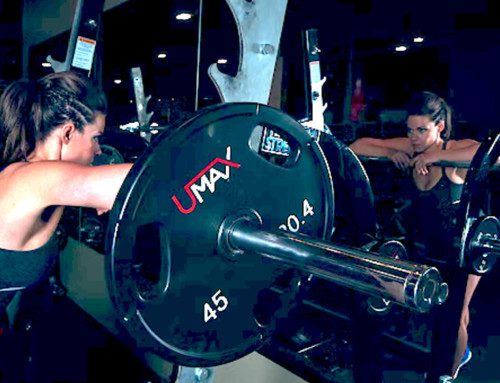Regenerative medicine utilizes two types of injections to facilitate tissue healing following an injury. These injections are often used as an alternative to more invasive and traumatic surgical techniques and represent a new and exciting direction in orthopedic and sports medicine. The two types of injections utilized most frequently in regenerative medicine are platelet-rich plasma (PRP) injections and stem cell injections.
What is PRP?
Doctors are treating a variety of orthopedic injuries with a relatively new intervention called Platelet-rich plasma (PRP). PRP involves drawing a sample of the patient's blood, using a centrifuge to separate out the different components in the blood, then using the concentrated plasma and blood cells to enhance healing in damaged tissues. The platelets used in PRP injections, once prepared, contain a concentrated level of growth factors that have healing properties that aid in wound healing and protein formation.
How does PRP work?
PRP has more platelets than what is found typically in blood. Therefore, the concentrations of both platelets and growth factors can be up to 5 to 10 times greater. Although it is not clear on how the PRP works, it is assumed that theoretically it can accelerate the healing process with the introduction of the growth factor. This can be done in two ways. PRP can be injected directly into the injured area of an inflamed tissue like with a hamstring tendonitis using imaging technology for accuracy. PRP can also be used during surgery to improve the healing. For instance, in a tendon repair the PRP is placed directly into the torn tissue while the area is exposed.
What are stem cell injections?
Stem cell injections do not involve the patient's own blood. Instead, mesenchymal stem cells (MSC) are taken from subcutaneous fat or bone marrow and mixed with a solution before being injected back into the injured area. Stem cell injections are often used in joints that are not well-treated with PRP injections, such as osteoarthritic joints. The stem cells are injected into the joint in an attempt to facilitate regrowth of cartilage on the surface of the joint.
The doctor performing the procedure can determine which injection is right for your injury. Depending upon your injury and its severity, you may require one or more injections.
Reference:
Lopez-Vidriero et al. The Use of Platelet-Rich Plasma in Arthroscopy and Sports Medicine: Optimizing the Healing Environment. Arthroscopy: J of Arthrosc and Related Surgery. 2010; 27(2): 269-278.





